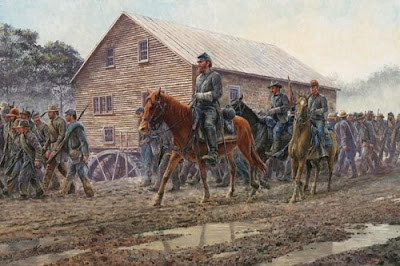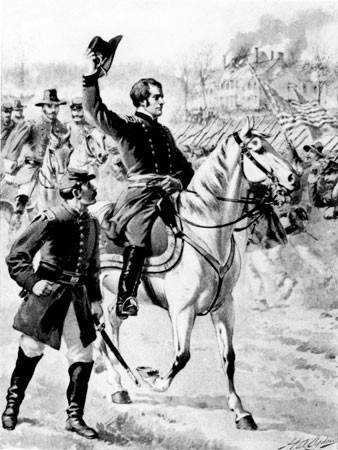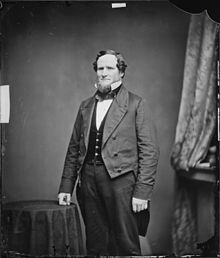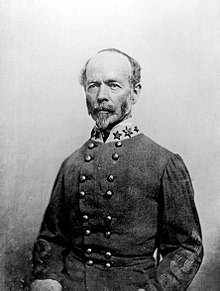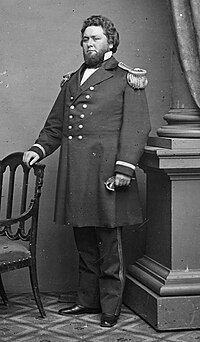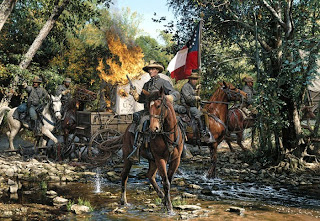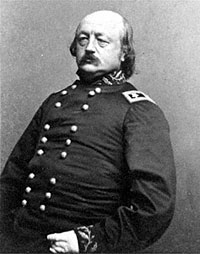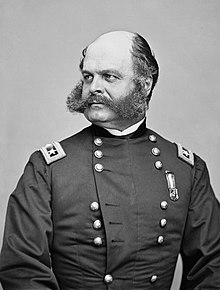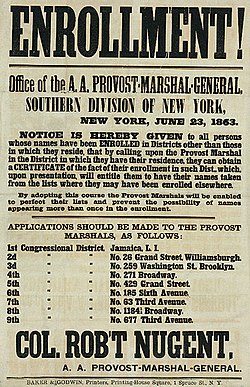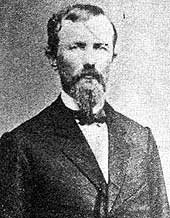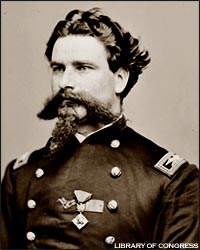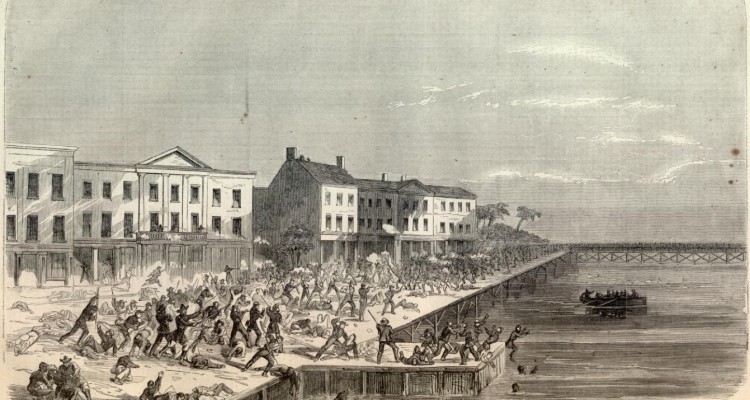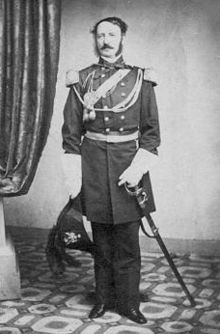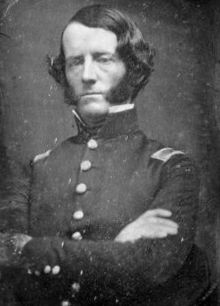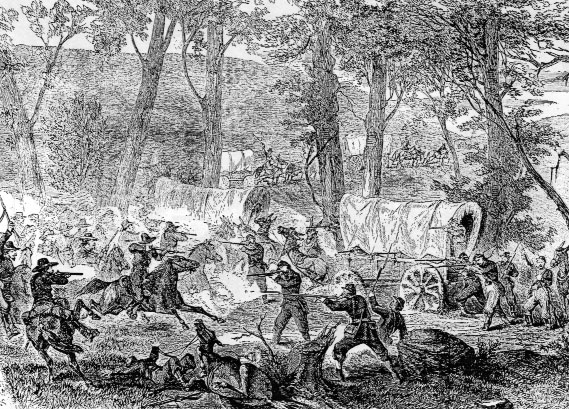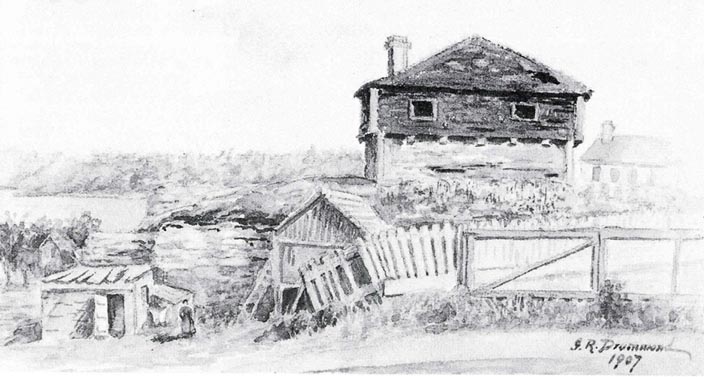Chapter Nine We Are All Wet Alike The Rapidan Campaign - Part IV
Chapter Nine
We Are All Wet Alike
The Rapidan Campaign - Part IV
We Are All Wet Alike
The Rapidan Campaign - Part IV
From “Three Victories and a Defeat - Kearny and Lee in the Fall of 62” by Carl Zeigler
Georgetown Press 1972
“A dozen letters and memoirs record David Rumph Jones’ reaction to the order. He slumped down onto a camp stool, thrust the order into the hands of John G. Walker, and put his heads in his hands. Looking up after a moment into Walker’s ashen face “Well John I shall be surprised if you and I see another night”. General Lee had ordered Jones and Walker, with their bloodied divisions, to stand at Madison Court House and hold the Army of the Potomac for two days. In truth even Lee believed it was utterly impossible…”


David R Jones and John G Walker
From “A Man in Search of Death - The Life of Richard Brooke Garnett” by Ganett Brooke
Orange & West
“It was the most beautiful ground for the task you could imagine. German Ridge on the left, the north face of which was steep and would be difficult for a force to scale in the face of sustained fire. On the right Lost Mountain…
General Jones then did a brave and noble thing. He addressed the brigade and regimental commanders. He explained the order and its significance. The Unionists had flanked our main force and if they were not slowed the Army and indeed Richmond were imperiled. It was not long before the men understood the task. It was do or die…” General Garnett in a letter to the injured General Kemper.
From “Yankee Dawdle - the Memoirs of a Private of Pennsylvania” by Anonymous
“My corporal was nearby when the dandy from K’s staff, Custard or some such [Custer] came to get our General R. Old General K it seems was in a fiercesome rage and it was hoped the presence of his friend would keep him from shooting Generals F and K. That Custard must have been one of life’s optimists…”
From “Three Victories and a Defeat - Kearny and Lee in the Fall of 62” by Carl Zeigler
Georgetown Press 1972
“The narrow front of the battlefield meant General Kearny could not bring his full force into action as he had wished. Franklin’s VI Corps was in front of the column and he pushed Stoneman’s and Rodman’s divisions into action. Too few, too rushed, the attack failed. Franklin then put Slocum in, but Stoneman and Rodman failed to co-ordinate and the second attack failed. It was after the second attack that Kearny appeared with Keyes of IV Corps, who were second in line…
A third attack under the eye of Kearny but under Franklin’s direction, deploying all three divisions, failed. Kearny was not impressed with Franklin’s performance. It was mid-afternoon but realizing VI Corps was not the tool for the job, Kearny had Keyes bring up IV Corps. Couch, Casey and Baldy Smith took some time deploying their divisions into line, but Kearny was not going to allow another piecemeal attack…
The eight Confederate brigades fought like an entire Corps that day: Col. Henry Benning leading Toombs’ Brigade, General Drayton’s, General Garnett’s, Col. Montgomery D. Corse leading Kemper’s Brigade, Col. Joseph Walker leading Jenkins’ Brigade, Col. George Tige Anderson leading Jones’ Brigade, Col Van Manning leading Walker’s Brigade and General Ransom’s…
Keyes interfered in the deployment of his Corps mid attack. As a result Casey came into action in the centre well behind Couch and Smith on the flanks. The attack was repelled. The day was wearing on. General Kearny was seen in a towering rage berating Franklin and Keyes…
It was the final attack of the day in the failing light. Couch, Casey and Slocum went in. At his own request Kearny had allowed Baldy Smith to withdraw his division from the line to see if a way could be found over or around Lost Mountain. In the twilight Smith swept around the crest, falling on an open the flank, crushing Manning’s troops. The line gave way…but Jones and Walker had held for a day and their command was still reasonably intact. Jones however had been right in one respect, he did not live to see a second night. He had been felled by a shot to the chest during the third attack and died a short way behind the line alongside the source of Beautiful River…
Kearny had ultimately won the Battle of Lost Mountain but Jones had bought some of the time that had been asked of him, and his command, though bloodied, was still in a reasonable fighting condition as it fell back, under Walker’s command, toward Orange Court House…”
Last edited:
